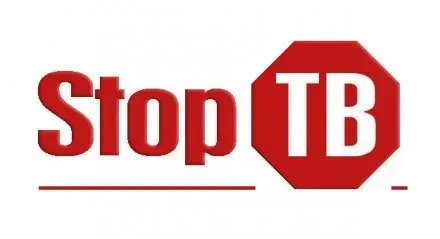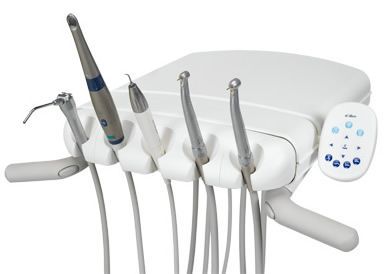
What You Need To Know About The ONC Cures Act
The Health Insurance Portability and Accountability Act (HIPAA) act was passed by the 104th Congress, and signed into law by President Clinton in 1996, with the goals of protecting patient privacy and creating standards for the handling of medical records in the healthcare industry. It took a very long time for the health care industry to develop best practices to comply with HIPAA, and the 2020 ONC Cures Act presents another set of rules that healthcare professionals are required to comply with. Healthcare compliance can be complicated and the penalties for non-compliance can be harsh, that’s why it’s important to work with an Oregon HIPPA consultant to help guide you safely through these muddy waters.
What Is the ONC Cures Act?
Office of National Coordinator for Health Information Technology’s (ONC) primary goal is to ensure that patients and their healthcare providers have prompt access to their electronic health records by prohibiting “information blocking,” with penalties up to one million dollars per violation. ONC also encourages innovation by reducing the cost of developing and maintaining application program interface’s (API), while maintaining the intellectual property rights of software developers. It also attempts to reconcile conflicts that exist between HIPAA and other security and privacy statutes. One thing is clear, ONC creates new responsibilities for the entire health care industry that require immediate attention to avoid fines and penalties, but is especially strict with Electronic Health Record (EHR) providers.
Who Must Comply With ONC?
ONC specifies the entities, called “Actors,” that must comply with information blocking requirements under the Act, which became enforceable on April 5th, 2021:
- Health care providers;
- Health IT developers and
- Health Information Networks (HIN’s or HIE’s)
All violations will be prosecuted against IT’s, HIN’s and HIE’s, but health providers will only be charged if they blocked information with knowledge and intent. This doesn’t automatically let physicians off the hook for mistakes, because a long delay could be construed as intent especially if it’s a patient that didn’t pay their bill. That’s why it’s important to work with an Oregon HIPAA consultant to ensure that your procedures have been updated to comply with current law.
What’s Considered Information Blocking Under ONC?
These are the types of activities that are targeted by ONC as information blocking:
- Any practice that restricts access to patient records from other healthcare providers for treatment
- Any practice that restricts authorized access or exchange of EHI;
- Any nonstandard method that is complex or burdensome;
- Limits or restrictions on information sharing for legally permissible persons or purposes;
- Implementing IT so as to restrict access or make it more difficult to switch platforms or exchange information;
- Acts that impede innovation and advancement;
- Fraudulent, wasteful or abusive acts or omissions;
- Access restrictions expressed in license terms, contracts, policies and procedures and
- Manipulative and opportunistic economic practices that function to restrict access.
Oregon HIPPA Consultant
If you’re a health care provider or own a business that provides EHI records or develops products for this industry, it’s urgent that you begin operating within the bounds of ONC. Talk with the IT company that provides your HER to be sure they are in compliance with these new regulations. Hire an experienced Oregon HIPPA consultant as soon as possible to review your procedures and advise you about what you need to do to be in compliance.












